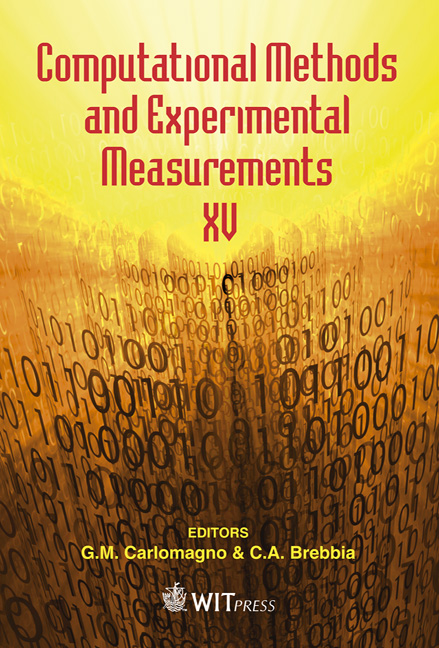Evaluation Of Crack Growth Rate And Growth Model Of Ultrafine Grained Copper
Price
Free (open access)
Transaction
Volume
51
Pages
12
Page Range
327 - 338
Published
2011
Size
1,671 kb
Paper DOI
10.2495/CMEM110291
Copyright
WIT Press
Author(s)
M. Goto, S. Z. Han, K. Euh, J.-H. Kang, K. Kamil, N. Kawagoishi & S. S. Kim
Abstract
High-cycle fatigue tests were carried out on smooth specimens of ultrafine grained (UFG) copper produced by equal channel angular pressing for 12 passes. The growth behavior of a small surface-crack was monitored. A major crack, which led to the final fracture of the specimen, initiated from shear bands (SBs) at an early stage of stressing. Different tendencies of growth behavior occurred depending on the ranges of crack length. To understand the changes in growth rate and fracture surface morphologies, a quantitative model describing a crack growth mechanism were developed considering the reversible plastic zone size at a crack tip. In addition, the crack growth rate of UFG copper was evaluated by applying the small-crack growth raw. Keywords: fatigue, surface damage, fine grains, copper, crack propagation. 1 Introduction Ultrafine grained (UFG) materials processed by equal channel angular pressing (ECAP) have many unique properties due to the unusual characteristics of the microstructure with non-equilibrium states. Regarding the fatigue of UFG materials, most studies have concentrated on cyclic deformation, fatigue life, surface damage formation and underlying microstructural mechanisms [1–6]. Since the fatigue life of machine components and structures are mainly controlled by the growth life of a fatigue crack, the crack growth behavior should
Keywords
fatigue, surface damage, fine grains, copper, crack propagation





